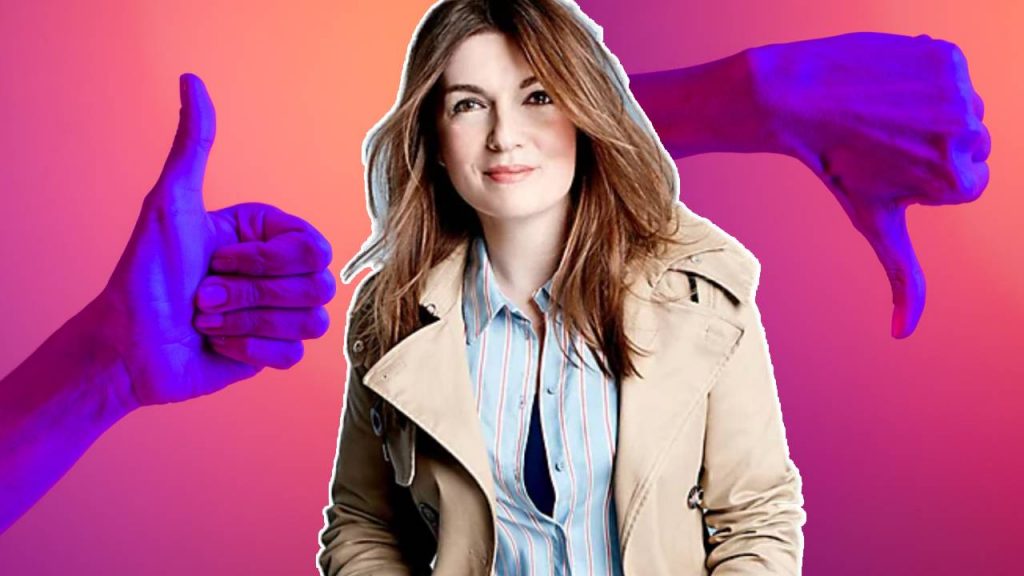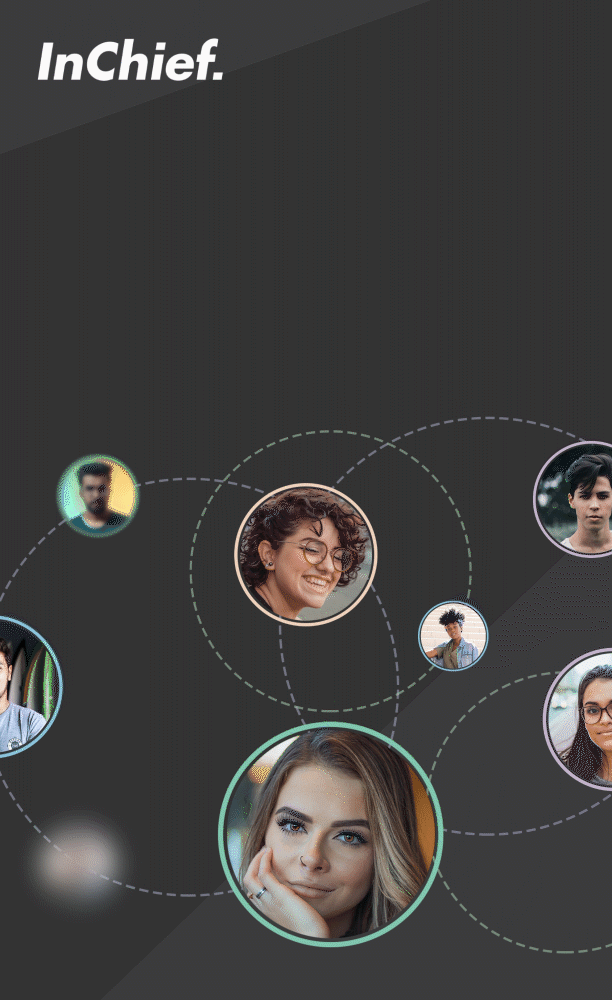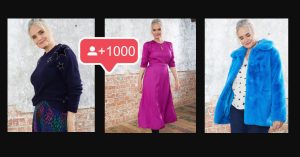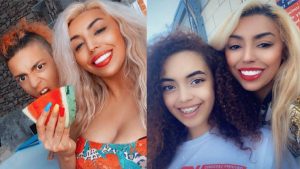2020 has been unexpected in a myriad of ways, and from a business point of view, brands and bosses have had to pivot their strategies pretty quickly to cope with the new ways we were all living alongside a pandemic. In a smidge of good news for creators, it seems that influencer marketing and organic content creation is going to be needed more than ever in 2021. We spoke to Jessica Harris from Marks & Spencer to find out more.
Hi Jess, if you could be so delightful as to tell us briefly who you are and what you do?
Hi! My job title is Head of Product PR at M&S, for clothing, home and beauty. So that covers womenswear, lingerie, menswear, kidswear, home and beauty – it’s quite a broad remit. My job essentially is to gain as much widespread and positive endorsement of our products by third parties across all channels.
How has your job changed over the past year?
I think it’s important to point out that the media landscape has changed more in the last two years than it has during the 20 years I’ve spent in PR and comms. In the last years, there has been a radical difference and change around opportunities for brands due to the way that consumers interact with and consume media, and that’s largely down to content creators and influencers. A lot of more traditional media outlets have closed, and the influencer and content creator space has also gone through quite rapid change. When brands first started working with content creators, the term “Wild West approach” was used a lot. It was definitely a two way street of brands not behaving correctly and not understanding the community and how best to work with them and vice versa.
Currently a lot of people we work with are seeing their followers go back to really wanting long form content, because all of all of this “snack sized, bite size” short content is getting a bit much. People are starting to want to have a slightly deeper, more meaningful conversation.
With that in mind, how can you measure the impact of a longer post or social feature on a product of yours, beyond the affiliate links and swipe-up data etc?
We have a lot of ways to measure the tracked content online, but tracking a purchase as a result of being influenced by a campaign is a historic challenge around PR. The moment of influence is often very hard to pinpoint, particularly in clothing. It might be that you’ve repeatedly seen one of your favourite instagrammers or content creators wearing a skirt from M&S, but it might take you six weeks to actually even consider buying that skirt. There could be a myriad of other reasons that have come into play to either tip you into purchase, or to stop you purchasing.
Have there been times when you could clearly see a product uplift was because of a social campaign?
We’ve definitely had cases where we have made products Insta famous, as it were. We had a spotted jumpsuit that was one of those hero products that actually suits multiple body shapes. Because we’re M&S, we stocked it from size 6 to 24. It was £35 so it was a compelling price point, but the style just absolutely took off. It was very visually impactful on people’s feeds. There were so many people sharing pictures of it that it created a bit of a frenzy to get hold of it, and then people were sharing each other’s pictures. With a perfect storm like that you can pretty much track the sales directly back to the activity from content creators. The lead times were too short for any editorial, it was all driven by social.
It’s important to remember that blend of media and customer touch points is often the best approach and particularly works for a brand like M&S. Brilliant editorial in print and online in the right publications, some compelling broadcast support along with content creators activity, visually exciting assets, a great customer journey online and in store all combine to help make a campaign really successful both in reach and commercial sales.
Was that social push as a result of an influencer marketing campaign the team had put out, or did it happen more organically?
We certainly did a bit of organic feeding of the product and saw which kind of people were liking it, but then because it’s such a good jumpsuit it just took off on its own. It wasn’t a campaign, it was natural peer to peer recommendation on social platforms. As the industry has gone through such seismic change, so has the consumer. It’s obvious – and it has to be for the ASA – when something is an advert, and because this frenzy was so natural it just helped boost it even more.
How has the pandemic affected your strategies, where obviously there’s a lot less footfall into physical stores and way more online purchasing?
It hasn’t actually made a huge difference to the PR outreach because we’re so multiplatformed anyway. One difference it has made is that resharing or posting of creator content is doing a lot better for us than previously. Whereas before we’d have a lot of marketing assets, now people are really looking to relate, so creator posts are getting a lot more traction. It’s really being applauded because there’s such a sense of relatability and community – which we especially need in times like this. Currently, product shots in real life settings rather than in studios are performing much better.
It seems like influencer marketing is going to be more important than ever as we go into 2021 for exactly the reasons you stated; people want to relate to someone wearing a jumper at home rather than in a glossy advert showing people partying or in a studio. People need community and friends wherever they can find them.
I completely agree. I think there’s a practical element to it as well. Big photoshoots have a lot more obstacles now in order to make them Covid-safe, but a creator can often turn around high quality assets a lot quicker than a big creative team can these days. A lot of creators are complete experts at what they do, and the communities just keep getting better and better.
Do you think more brands like M&S will tip more budget into influencer marketing in 2021?
It’s interesting. There’ll still be the need to do big outdoor campaigns, and the likelihood of a creator being able to get an asset blown up big enough to cover a billboard presents other challenges. With a traditional ad campaign the retailer can choose the jumper or product with the biggest commercial gain and make it front and centre of the campaign, whereas creators will go for something that suits their personal style. There are still advantages in every other avenue.







